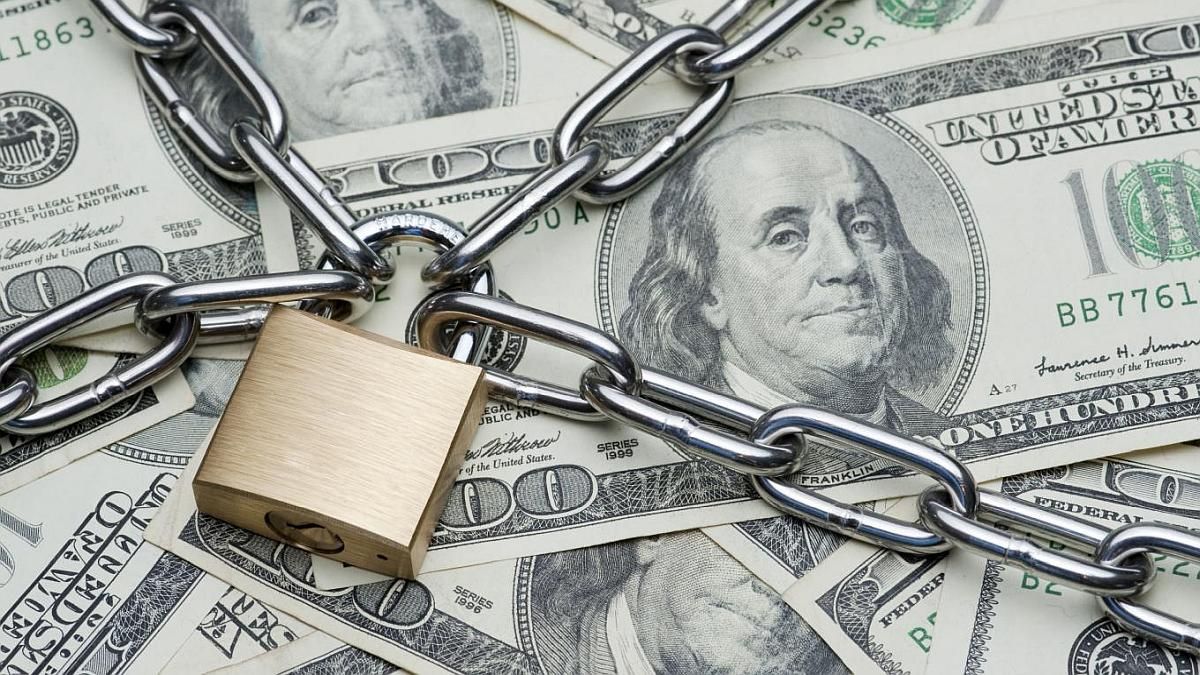“What they did to me in the PASO, they don’t do it to me twice”, the Minister of Economy repeats like a mantra in private. He is referring to the run that he suffered in parallel dollars in August, a few days before the primary elections, something that he will try to avoid at all costs ahead of October 22. Last week was the most difficult in that regard, the CCL rose more than $60 in one week and closed at $822, while the blue rose $45 and sold at the end of Friday afternoon around $800.
The bet at this time is to encourage the liquidation of exports to give more firepower to the Central Bank and at the same time add supply in financial dollars. For this, as anticipated Ambit and despite repeated denials, the so-called Export Increase Program, better known as the soy dollar, will be extended through a decree until the 20th and under the same conditions.
The current scheme allows 25% of currencies to be settled in Cash with Settlement. In this way, the implicit exchange rate for exporters is improved, which has led to an acceleration in sales by producers and finally a streak of more than thirty wheels as a buyer for the Central Bank. At the same time, it brings supply to the financial segment of the foreign exchange market that will face strong devaluation pressures.
So far, $1.7 billion has been received under this scheme. Sources from the sector, in dialogue with this medium, estimated that with the new extension another 2 million tons could be added, which at current prices would represent about US$850 million. At the same time, Economía bets on new “Vaca Muerta dollar”which, under the same conditions as soybeans, could contribute another US$1.2 billion.
From exchange rate pressures, which are reinforced by the extreme political uncertainty of these days, nothing saves, but everything adds up. Under this perspective, the Government was negotiating in the last hours with the mining sector the application of a similar incentive to accelerate exports, although for now there was no agreement to move forward and guarantee some foreign exchange floor.
In different conversations within the economic team, corn was discarded due to the impact it could have on internal prices in the midst of an inflationary escalation. It is still being analyzed whether to add incentives for some regional economies, although last month Massa eliminated withholdings for several products and in Agriculture they assure that this has already generated a leap in competitiveness. In any case, the impact in terms of currencies would not move the needle much.
The market sees a devaluation but now bets on December
Meanwhile, with the cards on the table, the market addresses the difficult task of interpreting what could happen in the coming months in the Argentine economy. After a primary election that left a scenario of thirds with very different proposals, there are plenty of questions and the certainties can be counted on the fingers of one hand.
Although among the latter, there seems to be the scenario of a devaluation. It is not known who, when or how. But the dynamics of coverage yield some readings such as the consulting firm Portfolio Personal Inversiones (PPI), which in a recent report highlighted: “the market continues to discount two devaluations in November and December, although it recently increased the devaluation expectation for the last month of the year to the detriment from the second to last.”
On this point, the survey details that “specifically, the monthly forward rate implicit in the October/November ROFEX contracts decompressed from a record of 27.5% on September 4, to 22.1% on September 20” . Along these lines, he adds that in the same period “that of November/December rose, although marginally, from a record of 33.3% to 33.9%.”
PPI’s reading is that the market is incorporating into prices the chance that Massa will enter the second round. In that case, the postponement of an eventual devaluation takes greater force, taking into account that a discrete jump in the exchange rate, as occurred in August, would accelerate inflation and take away the chances of a runoff.
Source: Ambito




